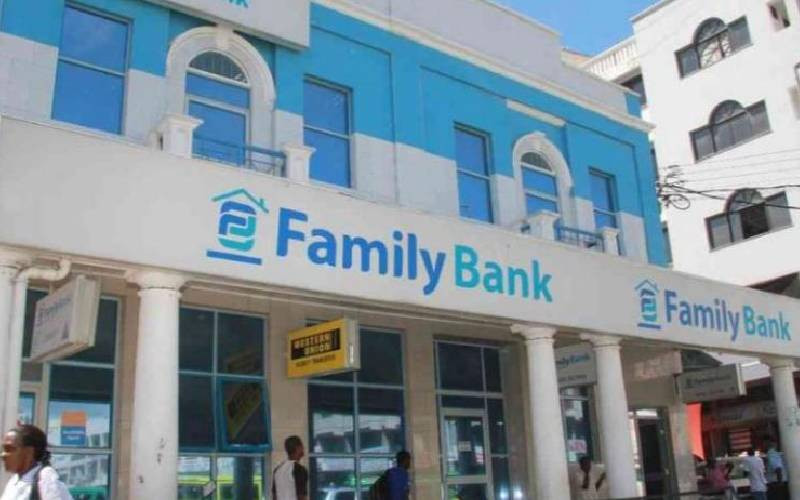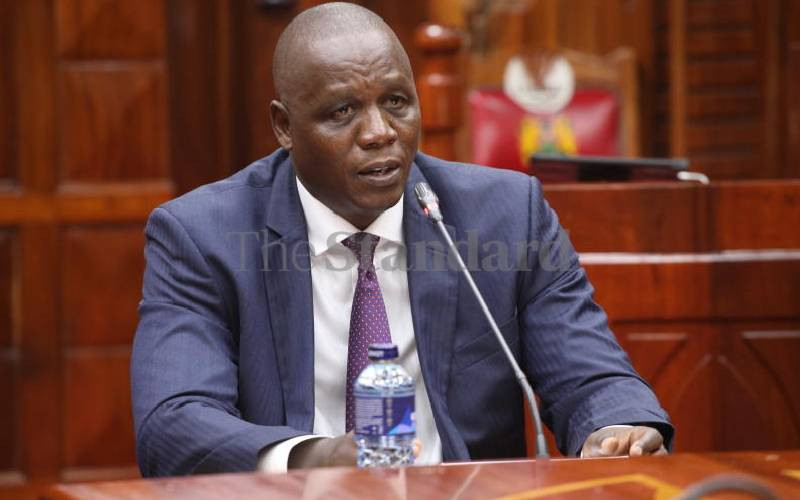
The recent judgment of Justice Odunga in Republic v. Central Bank of Kenya & Another Ex Parte Imaran Limited & 5 Others (Misc. Civil App. No. 43/2016) in respect of Imperial Bank Limited (in receivership) (IBL) has provided the legal sector with some significant legal principles on how a bank receivership should be managed.
It is significant for being the first case in which the High Court has considered in some detail the nature and extent of the powers and duties of the Kenya Deposit Insurance Corporation (KDIC) and the Central Bank of Kenya (CBK) in a bank receivership since the passing of the Kenya Deposit Insurance Act, 2012 (KDI Act).
Given the current climate in which Kenyans have witnessed three bank receiverships in less than a year, it is also crucial because the Court considered the rights of shareholders, depositors, creditors and other stakeholders in the receivership process.
The Applicants in this case lodged a judicial review application against KDIC and CBK challenging the legality of certain administrative actions by KDIC and CBK relating to IBL’s receivership. They alleged that KDIC and CBK had commenced an exclusion and transfer process, involving the transfer of assets and liabilities of IBL to third parties in contravention of the law.
The Applicants also alleged that their constitutional right to fair administrative action had been contravened when their recovery plans were rejected by KDIC and CBK.
They further alleged that they had been discriminated against when they were denied access to certain information and documents in respect of IBL, and that some of the actions by KDIC and CBK were contrary to international best practice. The Applicants sought various orders including an order against the liquidation of Imperial Bank Limited (IBL).
The purpose of this article is not to review the decision in relation to IBL itself but to extract from the judgment some key principles which deserve highlighting as they will impact receiverships relating to financial institutions.
The first principle discernible from the judgment is that shareholders of a financial institution under receivership are entitled to access information relating to the institution and on how the receivership is being carried out, provided this information does not prejudice any investigations into any alleged malpractice that may have contributed to the institution being placed under receivership.
The Court held that the statutory powers, duties and obligations of KDIC and CBK are subject to the national values and principles of transparency and accountability under Article 10 of the Kenyan Constitution.
This holding is particularly welcome in light of the key role that shareholders, depositors, creditors and other stakeholders can play in the process of lifting an institution out of receivership, and their constitutional right of access to information.
In most instances, an institution will be put under receivership when it has liquidity and capitalization problems. In such cases, the involvement of its stakeholders would be critical. In the event that these stakeholders are able and willing to arrange for its recapitalization, it is necessary that they are allowed access to information and documents on the financial situation of the institution in order to enable them determine what amount of capital is required and in helping the stakeholders engage strategic investors who might be willing to participate in the revival efforts.
The second principle is seen in the Court’s recognition that shareholders of an institution under receivership have proprietary interests and are entitled to fair administrative action under Article 47 of the Constitution.
The Court held that KDIC and CBK are accountable to the shareholders in so far as their actions are likely to adversely affect them. The Court also held that this duty of care is owed to shareholders as much as it is owed to the depositors and stated that shareholders’ rights cannot be curtailed even where the shareholders themselves are under investigations in respect of any of their actions that may have led to an institution being placed under receivership.
The third principle is evident in the Court’s holding that both KDIC and CBK have an obligation to consider any reasonable and tangible shareholder proposals that are aimed at reviving an institution and that where a proposal is found not to be viable, to inform the proponents in writing of the reasons behind the finding. The Court observed that the key aim of receivership is to save an institution and not to maim it.
Stay informed. Subscribe to our newsletter
The key takeaway from the Court’s decision is its clear finding that shareholders, depositors, creditors and other stakeholders have legal rights that must be protected, which means that both KDIC and CBK have an obligation to exercise their discretion fairly and to engage concerned stakeholders in their efforts to protect the interests of an institution and its stakeholders.
Since 2010 and our “new” Constitution, lawyers in Kenya have been drowning in voluminous new legislation across all sectors. Only in the last twelve months not only have we experienced a shake-up in the banking sector due to three banks collapsing but also a new companies and a new insolvency regime.
The KDI Act is relatively new having come into force on July 2014 and having a detailed judgment on some topical issues in relation to a new regime is something that is welcome for the legal fraternity.
Sonal is a Director at Anjarwalla and Khanna
 The Standard Group Plc is a
multi-media organization with investments in media platforms spanning newspaper
print operations, television, radio broadcasting, digital and online services. The
Standard Group is recognized as a leading multi-media house in Kenya with a key
influence in matters of national and international interest.
The Standard Group Plc is a
multi-media organization with investments in media platforms spanning newspaper
print operations, television, radio broadcasting, digital and online services. The
Standard Group is recognized as a leading multi-media house in Kenya with a key
influence in matters of national and international interest.
 The Standard Group Plc is a
multi-media organization with investments in media platforms spanning newspaper
print operations, television, radio broadcasting, digital and online services. The
Standard Group is recognized as a leading multi-media house in Kenya with a key
influence in matters of national and international interest.
The Standard Group Plc is a
multi-media organization with investments in media platforms spanning newspaper
print operations, television, radio broadcasting, digital and online services. The
Standard Group is recognized as a leading multi-media house in Kenya with a key
influence in matters of national and international interest.









